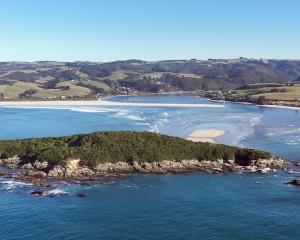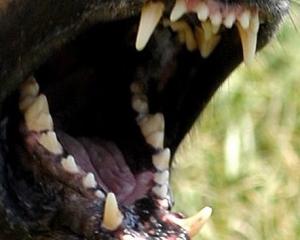Dr Matthew Schofield is "very proud'' of University of Otago-led research which helps better assess the margin of error when using the growth rings of ancient trees to study historical climate.
Dr Schofield, of the Otago mathematics and statistics department, said the statistical approach he had led "gave a better way to assess the uncertainty, or margin of error'' in such ring data.
"We found that previous methods had understated this, and we are less certain than we previously thought,'' he said.
Tree growth rings were commonly used in climate studies because they could be well-dated and the width of each ring was "influenced by the climatic conditions of the year it grew in'', he said.
Present approaches to using this data for climate studies needed to be improved, to better take uncertainty into account.
In a paper appearing in the Journal of the American Statistical Association, statistics and tree ring researchers from Otago, the United States and Britain examined statistical methods used to reconstruct historic climate variables from tree rings.
Dr Schofield led the research and co-authors of the paper included his PhD supervisor and Otago departmental colleague Prof Richard Barker.
The team reconstructed summer temperatures in northern Sweden between 1496 and 1912 from the ring measurements of 121 Scots pine trees.
They found competing statistical models fitted the tree data equally well but led to different predictions of historical temperature, because of differing assumptions underlying each model.
Dr Schofield visited Otago Museum last week and looked at a cross-sectional slice of a large kauri tree, which began life about 1465-75, and grew until felling in 1885.
The tree rings contained a wealth of information, but underlying uncertainties had to be assessed to avoid misinterpretations, he said.












